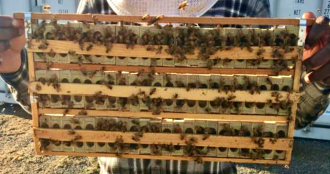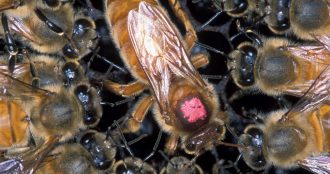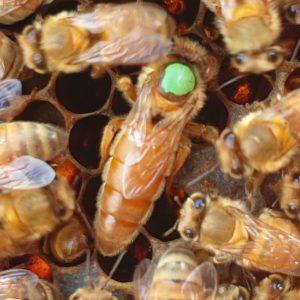
A Closer Look
Queen Banks By: Clarence Collison Queen banking is the storage of queens individually in cages and placed in a colony to be cared for…
Read More
Queen Banks By: Clarence Collison Queen banking is the storage of queens individually in cages and placed in a colony to be cared for…
Read More
Nestmate Recognition By: Clarence Collison Pheromones are involved in intraspecific chemical communication; however, the glands associated with compounds used in nestmate recognition in honey…
Read More
Tropilaelaps Mites By: Clarence Collison A potential future threat of the western honey bee (Apis mellifera) in North America are the parasitic mites in the…
Read More
Honey Bee Races By: Clarence Collison The native range of the honey bee includes the varied habitats of Europe, Africa and the Middle East,…
Read More
Requeening By: Clarence Collison The honey bee queen, mother of all individuals in the colony, determines the inherited characteristics of the colony. Periodic replacement…
Read Moreby Clarence Collison Individual honey bees of all ages and castes have developed mechanisms to limit the impacts of their pathogens. Insect social life…
Read Moreby Clarence Collison Worker honey bees begin their first use of venom when they attain an age of of about 14 days for defense…
Read More
By Clarence Collison Reproducing Varroa females lay the first egg in the brood cell approximately 70 hours after host cell capping. The life cycle…
Read More
Beeswax is a complex substance made up of wax esters, fatty acids and hydrocarbons. by Clarence Collision Wax is used by honey bees to…
Read MoreScattered all through the body cavity of the honey bee but especially in the abdomen are irregular masses of a soft, usually white tissue…
Read More